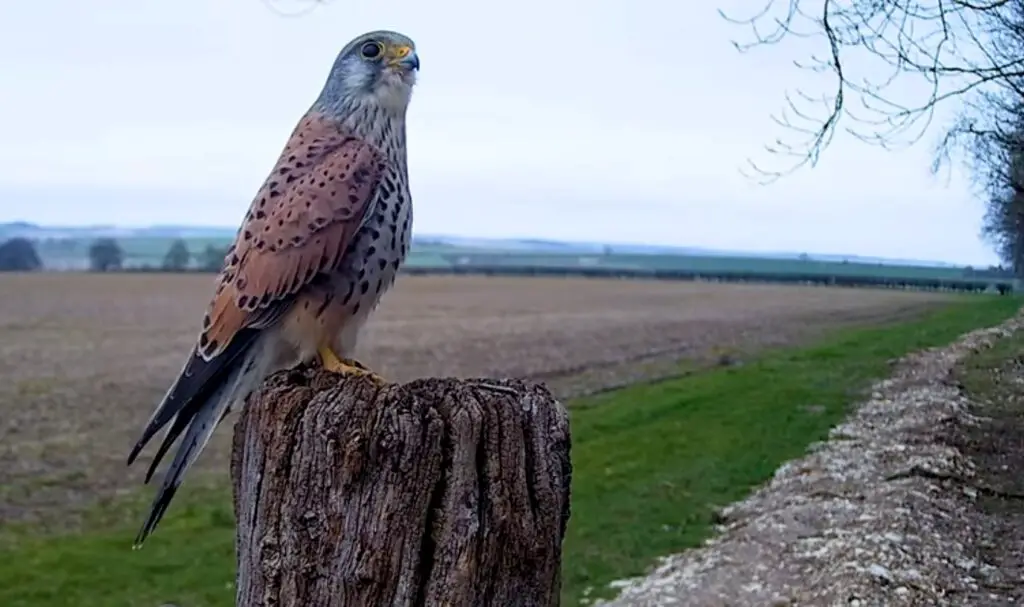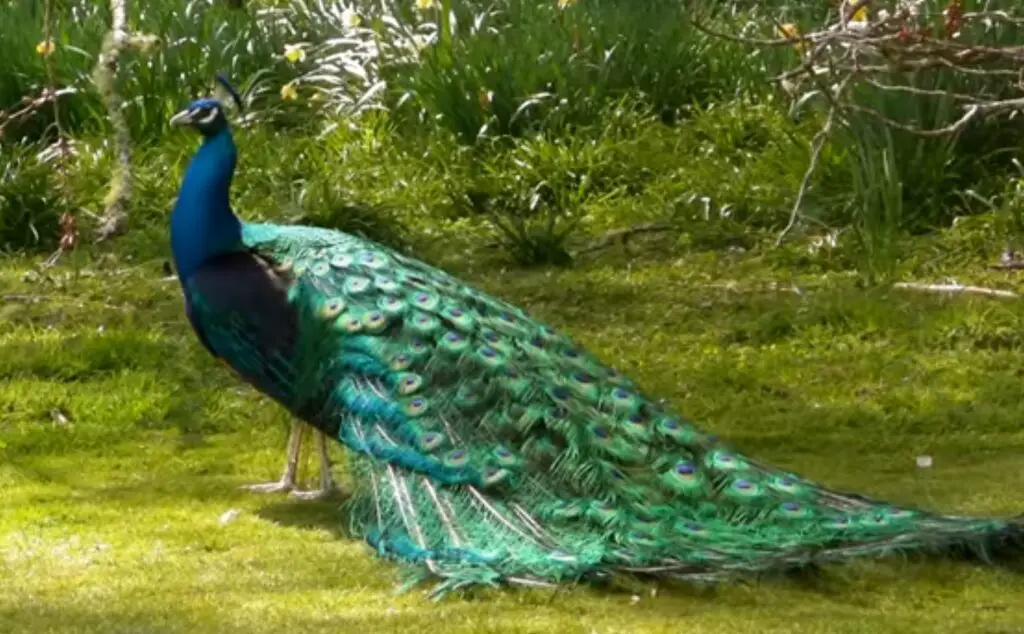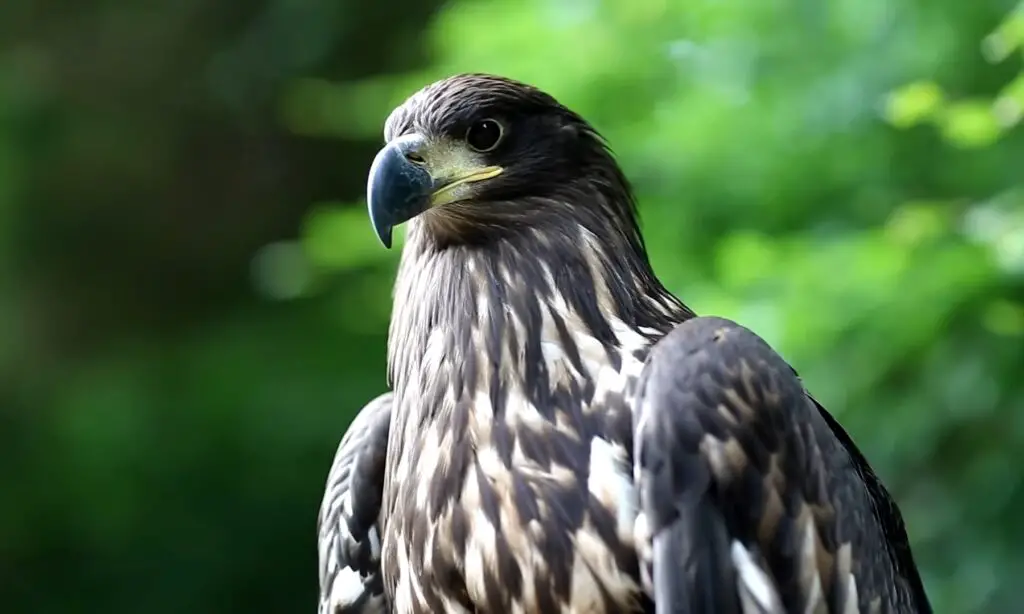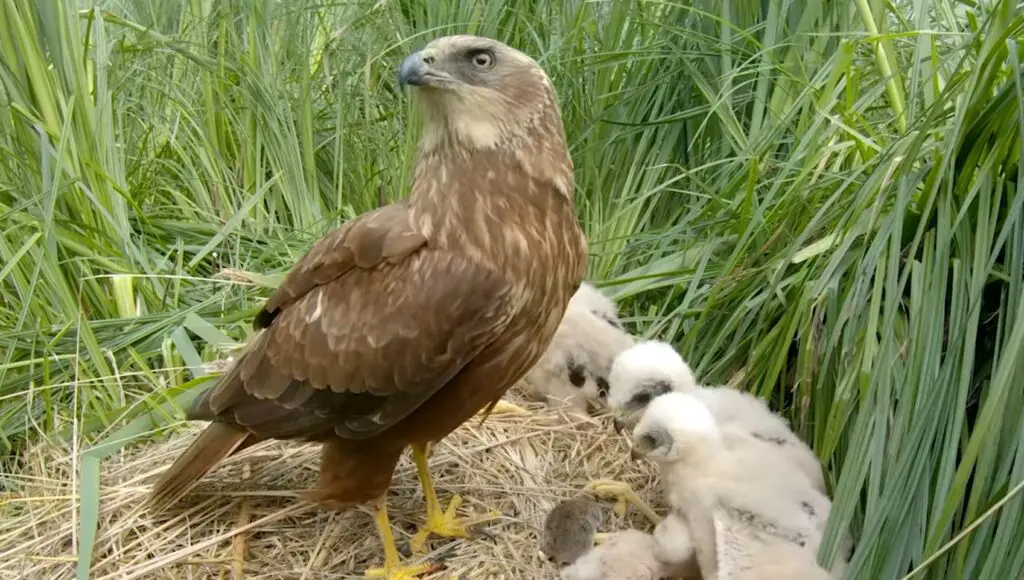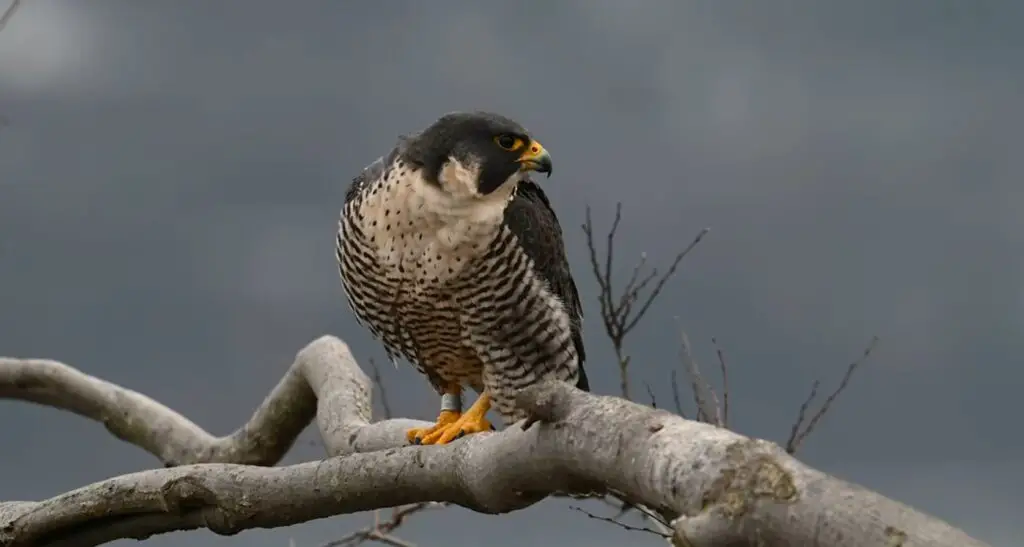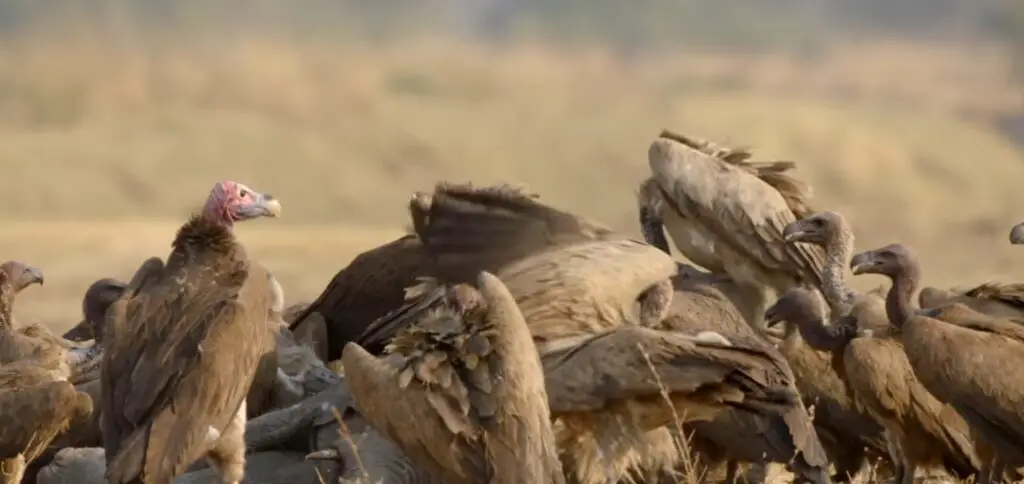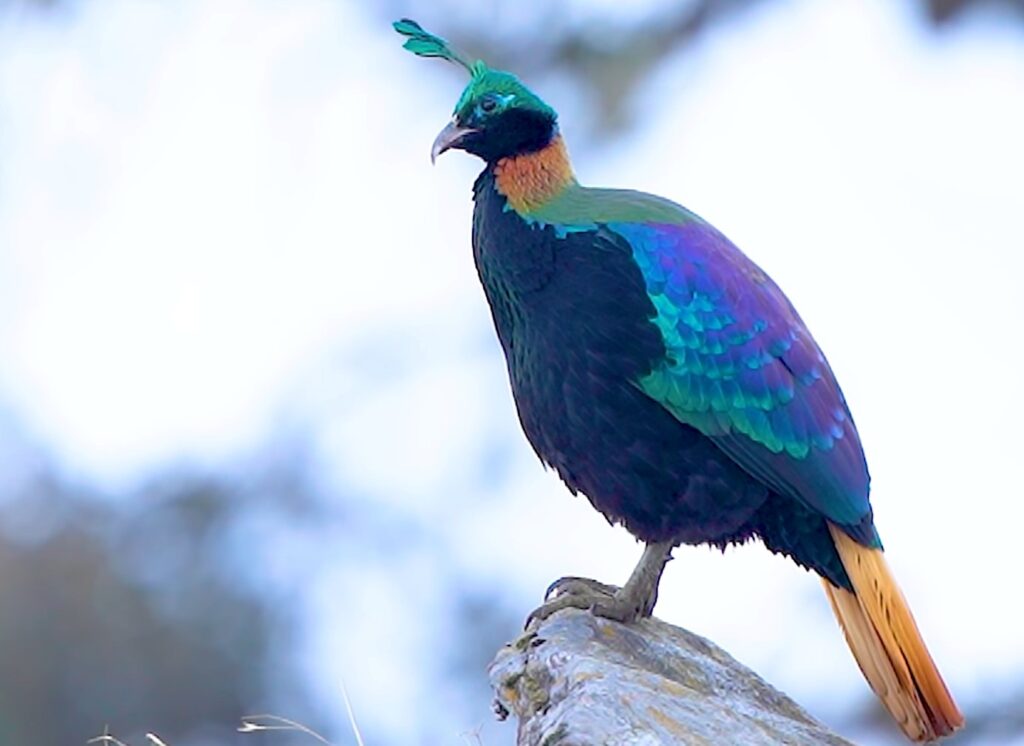Kestrels are a group of small to medium-sized birds of prey belonging to the falcon family, Falconidae. There are over a dozen species of kestrels found throughout the world, with the most widespread being the common kestrel, which is found in Europe, Asia, and Africa. They are characterized by their distinctive hovering flight, which allows them to stay in one place in the air while searching for prey.
Main Features of Kestrels
One of the most notable features of kestrels is their hovering flight, which is made possible by their unique wings and tail. Their wings are narrow and pointed, which allows them to generate lift while flying slowly. Their tails are also long and pointed, which helps them steer and maintain their balance while hovering.
They primarily hunt small mammals, birds, and insects. They are known for their exceptional eyesight, which allows them to locate prey from great distances. Once they have spotted their prey, they will swoop down and catch it with their sharp talons. They are also known for their ability to hunt on the wing, catching insects and small birds while in flight.
Kestrels are also important indicators of ecosystem health. They are sensitive to changes in habitat and can be used to assess the health of ecosystems. For example, declines in their populations can indicate declines in the populations of their prey or habitat degradation.
The American Kestrel (Falco sparverius)
The American Kestrel (Falco sparverius) is a small falcon species found in North and South America. Its range extends from Alaska and Canada in the north to the southern tip of South America in the south. Specifically, in North America, it can be found throughout the continental United States, except for some areas with extremely cold temperatures such as parts of northern Alaska and northern Canada.
It is a migratory bird, so its range can vary slightly depending on the season. During the breeding season, they can be found in a variety of habitats including open fields, grasslands, farmlands, and deserts. During the winter months, they may move to warmer regions and can be found in southern parts of the United States and Mexico.
Conservation Efforts
Like many birds of prey, they face a number of threats. Habitat loss, pesticides, and hunting are all major threats to kestrel populations. Some species are also threatened by climate change, which can impact their breeding success and food availability.
Conservation efforts are critical to protect kestrels and their habitats. In many countries, laws have been enacted to protect kestrels and regulate hunting and other human activities that can harm them. Efforts to reduce pesticide use and protect habitats can also help ensure the survival of these magnificent birds for generations to come.
Kestrels are fascinating birds of prey known for their unique hovering flight and exceptional hunting abilities. They are important indicators of ecosystem health and face many threats, but conservation efforts can help protect these incredible birds and ensure their survival for years to come.

